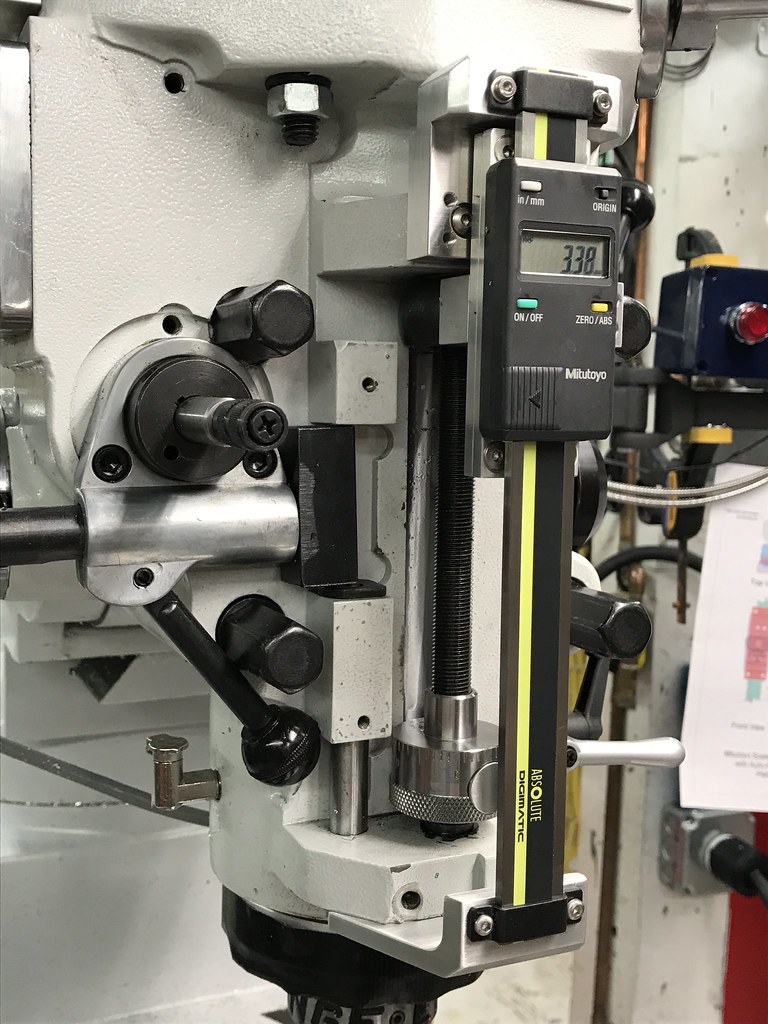- Joined
- Apr 4, 2013
- Messages
- 741
Hi folks,
Last week I finally got my new PM-935 set up, wired, leveled, etc. This is my fifth milling machine over the years. Started with a mini mill, LMS mini mill, then Grizzly SX3 and SX4; basically all import machines.
The fit and finish on this machine is definitely a level above those. This is the first machine that was ready to go from the crate; didn't have to scrape anything, the gibs are fitted the way they are supposed to be, etc. Overall, I love this things so far.
Ended up making a few mods, like adding a VFD and a custom control panel, fog buster, and a DRO. Here are a few photos of what it looks like so far.




The only major thing to figure out is how to install a DRO scale on the quill. I have pretty much "one of everything" at this point, ranging from the default Mitutoyo quill scale to AcuRite SENC 50 and Newall MicroSyn, and nothing really fits that casting well without obstructing at least something. So far the best candidate is an Electronica miniature magnetic scale.
Really, the only part that gave me some issues was the lubrication pump. There was something weird going on with the valve (it would stop pumping randomly), so I replaced it with a decent Trico unit from McMaster.
Regards
Yuriy
Last week I finally got my new PM-935 set up, wired, leveled, etc. This is my fifth milling machine over the years. Started with a mini mill, LMS mini mill, then Grizzly SX3 and SX4; basically all import machines.
The fit and finish on this machine is definitely a level above those. This is the first machine that was ready to go from the crate; didn't have to scrape anything, the gibs are fitted the way they are supposed to be, etc. Overall, I love this things so far.
Ended up making a few mods, like adding a VFD and a custom control panel, fog buster, and a DRO. Here are a few photos of what it looks like so far.
The only major thing to figure out is how to install a DRO scale on the quill. I have pretty much "one of everything" at this point, ranging from the default Mitutoyo quill scale to AcuRite SENC 50 and Newall MicroSyn, and nothing really fits that casting well without obstructing at least something. So far the best candidate is an Electronica miniature magnetic scale.
Really, the only part that gave me some issues was the lubrication pump. There was something weird going on with the valve (it would stop pumping randomly), so I replaced it with a decent Trico unit from McMaster.
Regards
Yuriy



